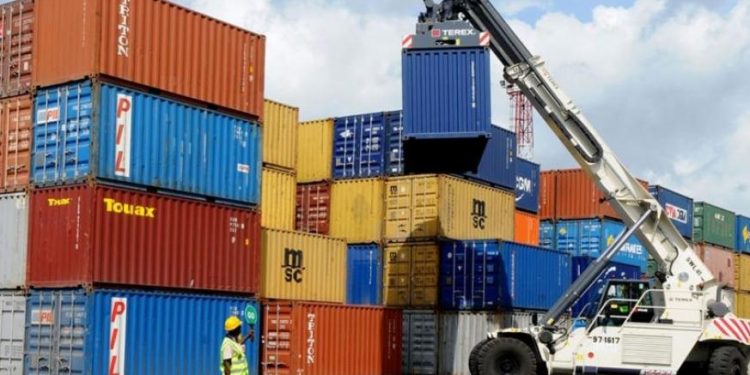The port of Mombasa registered a growth of 8.6% from 18.14 million tons to 19.69 million tons. moreover, there are expectations for the port to handle 33.5 million tons by the end of the year.
According to the KPA MD, initiatives taken at the Port of Mombasa continue to pay off as the port recorded superb performance in 2018.
On top of that, cargo volume increased by 1.9 per cent from 30.34 to 30.92 million tons mainly driven by containerized cargo. In this case, the number of containers handled rose from 1.19 million TEUs in 2017 to 1.30 million TEUs in 2018 representing a 9.6 per cent increase.
Uganda
Uganda remains a predominant transit destination accounting for 82 per cent of the 9.60 million tons of transit cargo through the port of Mombasa.
In addition, South Sudan has emerged as a new key transit destination accounting for 7.6 per cent of transit cargo with a total traffic of 734000 tons in 2018. Democratic Republic of Congo, Tanzania, Rwanda, and Burundi take 4.9%, 2.6%, 2.4%, and 0.2% of the total transit traffic respectively.
Currently, the Port of Mombasa provides connectivity to over 80 seaports and serves over 33 shipping lines
Improving the road network
In addition, during a KPA luncheon in Nairobi the CS transport talked about improving the road network in and around Mombasa so as to serve the port of Mombasa such as the ongoing rehabilitation and dualling of the Mombasa- Mariakani road.
Furthermore, in a bid to increase capacity in anticipation of increased volumes at the port of Mombasa, KPA has embarked on the construction of phase II of the second container terminal to increase the port’s annual capacity by an additional 450000 TEUs bringing the port’s capacity to over 2 million TEUs by 2022
According to KPA board chairman Gen. (RTD) Joseph Kibwana, the capacity expansion of the Port of Mombasa, development of the second Port of Lamu and the rehabilitation of the Kisumu port steps geared towards making Kenya a regional maritime hub.



